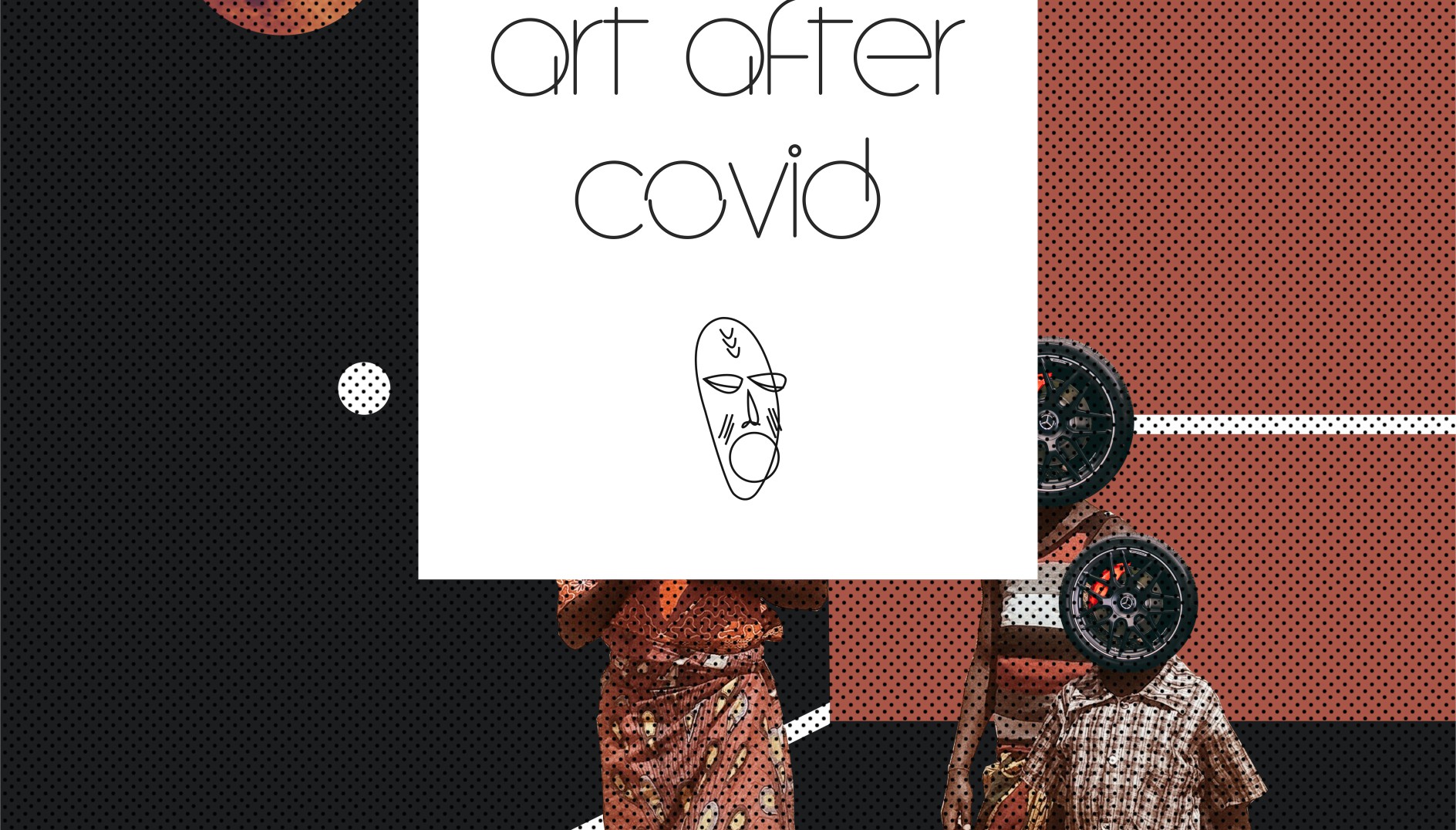
The Covid-19 virus has been devastating to our global community— the world economies have all been damaged, and our definition of a ‘normal’ social life has also been affected. The virus has successfully affected most areas of our lives, and even after it’s long gone, Like past major events, it would shape how we do things.
This is especially true for art.
Art has always been influenced by the major events and environments where it is produced; take for example: the economic boom in America and influx of commercial goods that brought about the emergence of pop-art and the likes of Andy Warhol, or the Russian avant-garde of the early 20th century championed by the likes of Aleksandrovna Ekster who challenged socialist restrictions; or the reaction to the colonial span in West Africa that produced artists like Ben Enwonwu (Nigeria) and El Anatsui (Ghana)
So what exactly is going to happen in the years after COVID-19? well, we at 1938&Co. don’t believe in ‘over sabi’ and with that statement, we can humbly and proudly say we don’t know. we can, however, read the signs around and have an idea of the road ahead.
One is that physical social interactions have taken a beating from the pandemic, and it’s only logical to expect new ways to experience social events. In that case we would see vast advancements on technology that puts us in virtual spaces.
So how would that affect art shows/exhibitions/fairs?
Would we come to a point where we have an Art X fair totally virtual, and we have to follow a pay link to the virtual space where there’s an A.I curator who guides you through each work?
Or, even a case where the artworks are created and experienced only in virtual reality, like putting us in the painting so to speak?
Who knows?
At this junction we consider where ‘traditional’ creative arts start to merge with the tech/electronic arts world of video games.
Another major question is on the commercial effects on art in the immediate future. The economic crash may see a drastic fall in art sales around the world. This sounds challenging when we consider that the art market is already an unpredictable one. On the other hand, it is in trying times as this that people look to art for identity and hope. People look to artists to bring to being abstract concepts that would reform and rebuild society.

In conclusion, we are not exactly sure what shape the future would take after this. But what we are sure of is that art, and its creators, like energy can not be destroyed, but it only adapts and transforms to different forms and new environments.